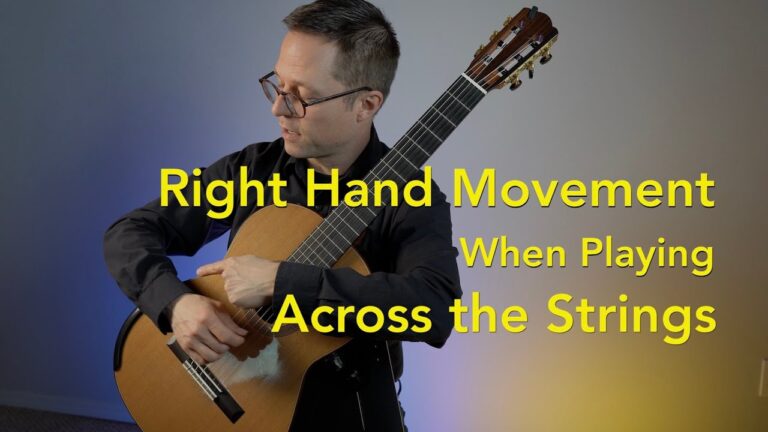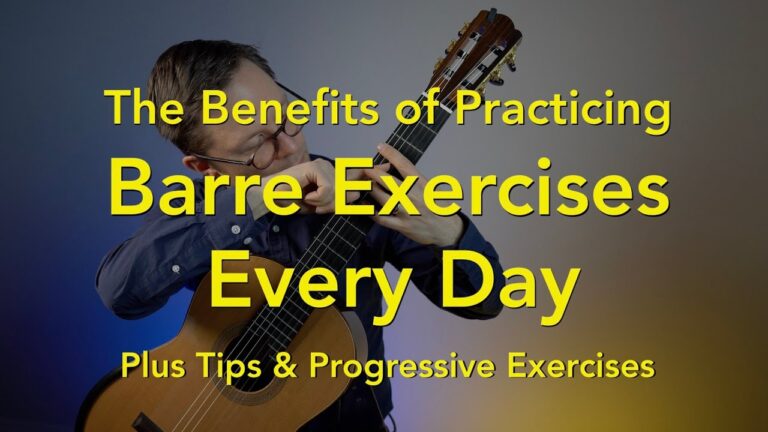Learn every note on guitar with single-string chromatic scales. In this lesson you can learn every note on the guitar quite easily as long as you know the musical alphabet. This is a very important lesson that students often overlook. Be sure to say the note names out loud to ensure you absorb the notes rather than just play the fingering. Reading the music is not completely necessary (but still useful). Instead, memorize the musical alphabet and look at your hands. Later on you can incorporate more reading skills.
Students using my Method Book Volume 2 will see these exercises on the page before learning the 3rd and 5th position reading. Here’s the YouTube link if you want to watch it there.
Learning Every Note on the Guitar with Single Strings
- When you play every fret on the guitar up a single-string you are playing a chromatic scale (every note in the musical alphabet).
- By knowing the musical alphabet you can know every note on the guitar
The Musical Alphabet
- There are 12 notes in the traditional musical alphabet
- Some notes have two different names but share the same pitch (sound), these are called enharmonic notes (indicted below with slash marks).
- All the vertically aligned notes below are the same pitch (sound).

Don’t overthink it
- Students usually start by learning the notes: C, D, E, F, G, A, B, C
- After that they learn that there are 12 notes (pitches) in the musical alphabet
- If you use sharps: C, C#, D, D#, E, F, F#, G, G#, A, A#, B, C
- If you use flats: C, Db, D, Eb, E, F, Gb, G, Ab, A, Bb, B, C
- Enharmonic notes share the same pitch (sound) but have different names





Mr Werner thank you soooo much! I can do this as an older beginner and it is fun! I appreciate your generosity.
Is the intention here to be able to identify the note of any given string/fret combination from memory (and without starting from the nut everytime)? For example, pressing string 4/fret 7 is A but doing so without starting at the head, etc? Is the method you describe the best way to do so and to be the least reliant on anchor locations, or in the worst case having to count up from the nut! Thanks!
At first the intention is just to practice counting the musical alphabet and simply to do it. As you do this anchor notes will become clear, the 7th fret and 12th fret are good ones. It’s just the first step. Lots of books teach position patterns which is a great way to learn reading but this is something we can do from the beginning.
I’m a returning newbie, and you’re the first person I’ve heard make reference to a fretboard image I’ve had in my head of six keyboards all slid against each other.But I’m wondering if it’s just a reality check, or does it have any practical use while playing? Or maybe improvising? Or just an unnecessary complication to be translating from one instrument to another? Thanks, Bradford.
It’s all just chromatic scales so comparing the fretboard to the keyboard is fine but the central comparison is to the musical alphabet and music theory.